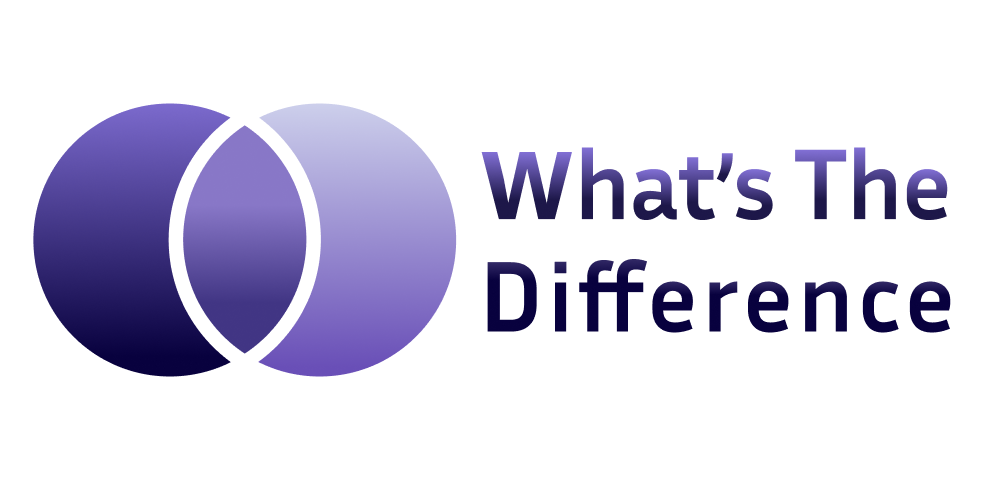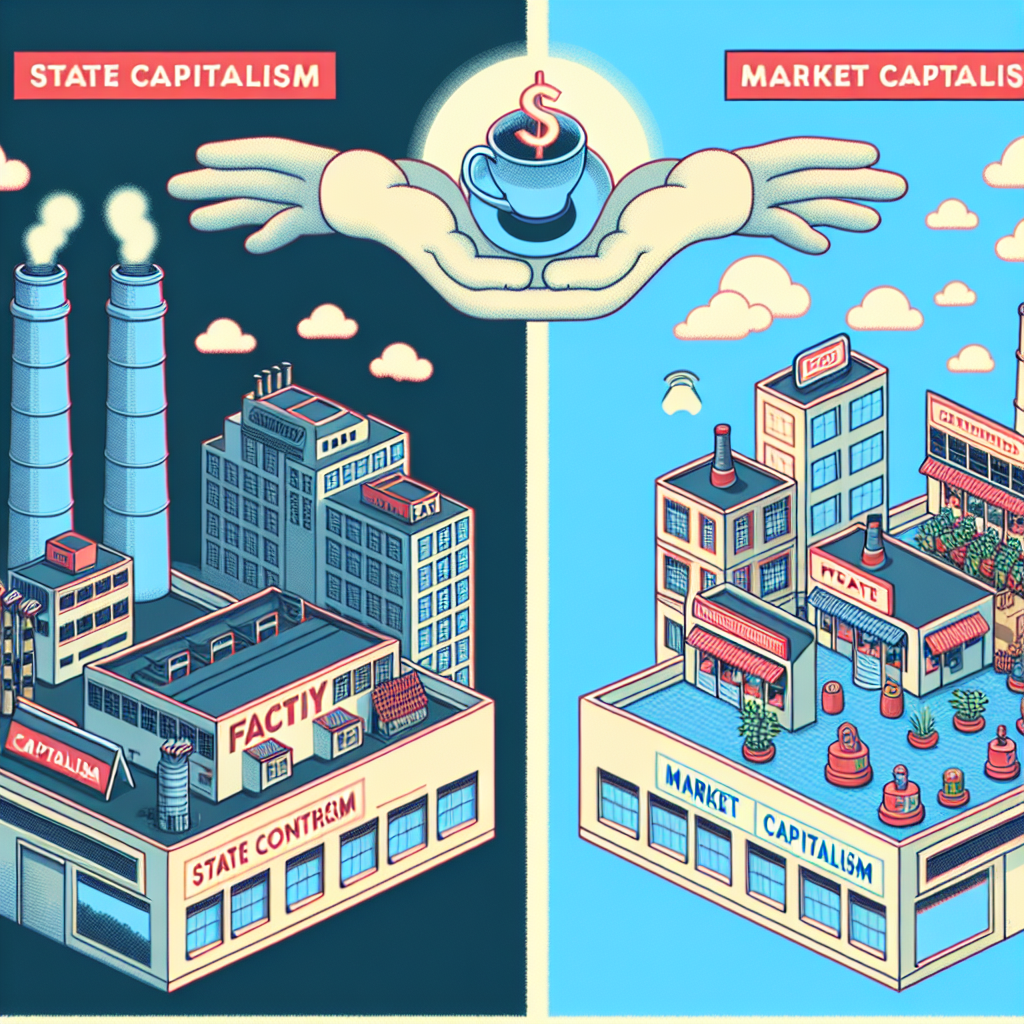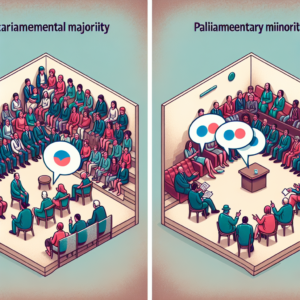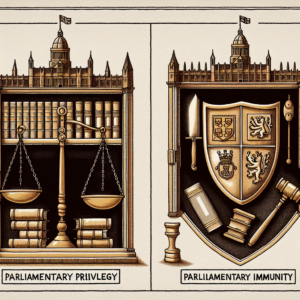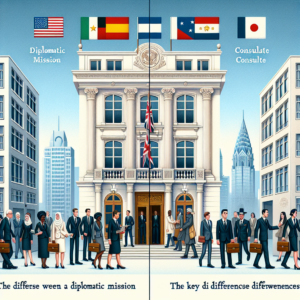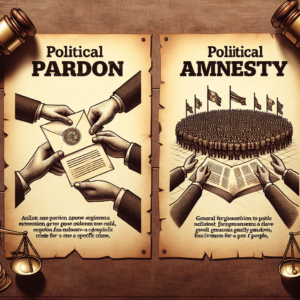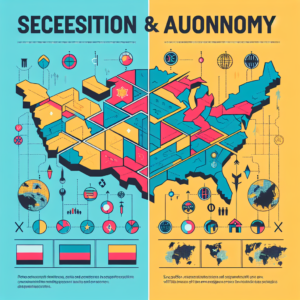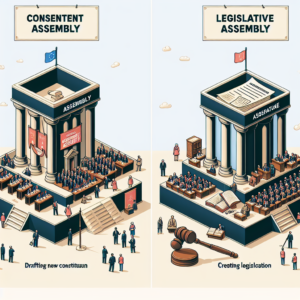In the global economy, different nations adopt various economic models depending on their political ideologies and cultural practices. Among these, capitalism is a dominant form, with two of its prevalent variants being state capitalism and market capitalism. Understanding the characteristics and differences between these two models can provide valuable insight into how different nations manage their economies. This article aims to clarify what precisely state and market capitalism are, and what is the difference between them.
Understanding the Basics of State and Market Capitalism
Capitalism, in its most basic form, is an economic system in which private individuals or businesses own capital goods. The production of goods and services is based on supply and demand in the general market, rather than being planned or controlled by a central government. State capitalism and market capitalism are two types of this economic system.
State capitalism is a system in which the government plays a significant role in the economy. In this model, the state owns or controls a substantial proportion of the means of production, including major industries and businesses. However, unlike socialism or communism, state capitalism maintains elements of free markets and competition. Despite government ownership, companies are often expected to operate profitably and efficiently. Notable examples of state capitalism include China and Singapore.
On the other hand, market capitalism, also known as laissez-faire capitalism, is an economic system where the government intervention in the economy is minimal. In this model, businesses and industries are privately owned and operate with minimal government control or regulation. Prices and wages are largely determined by the forces of supply and demand. Countries such as the United States and the United Kingdom are often cited as examples of market capitalism.
Distinguishing Between State Capitalism and Market Capitalism
When delving deeper into what is the difference between state capitalism and market capitalism, it comes down to the level of government involvement in the economy. In state capitalism, the government assumes the role of a dominant player in the market, either through direct ownership of companies or through significant influence over privately owned entities. The state exercises control over the allocation of resources and the determination of prices.
In contrast, market capitalism advocates for minimal government intervention. The state’s role is limited to protecting property rights, enforcing contracts, and providing public goods. The market, governed by the laws of supply and demand, is the primary determinant of economic outcomes. Businesses compete freely without government interference, promoting innovation, efficiency, and consumer choice.
Another key difference is how markets respond to economic challenges. In state capitalism, the government can intervene directly to address economic problems, such as unemployment or recession. In market capitalism, the market is expected to self-correct through the actions of private businesses and consumers.
Summary
In conclusion, the difference between state capitalism and market capitalism lies primarily in the level of government involvement in the economy. State capitalism features substantial state control and ownership, while market capitalism advocates for minimal government intervention, letting market forces dictate economic activity. Both models have their strengths and weaknesses, and the choice between them often depends on a country’s political and socio-cultural context. Understanding these differences is crucial to comprehend the global economic landscape’s diversity and complexity.
